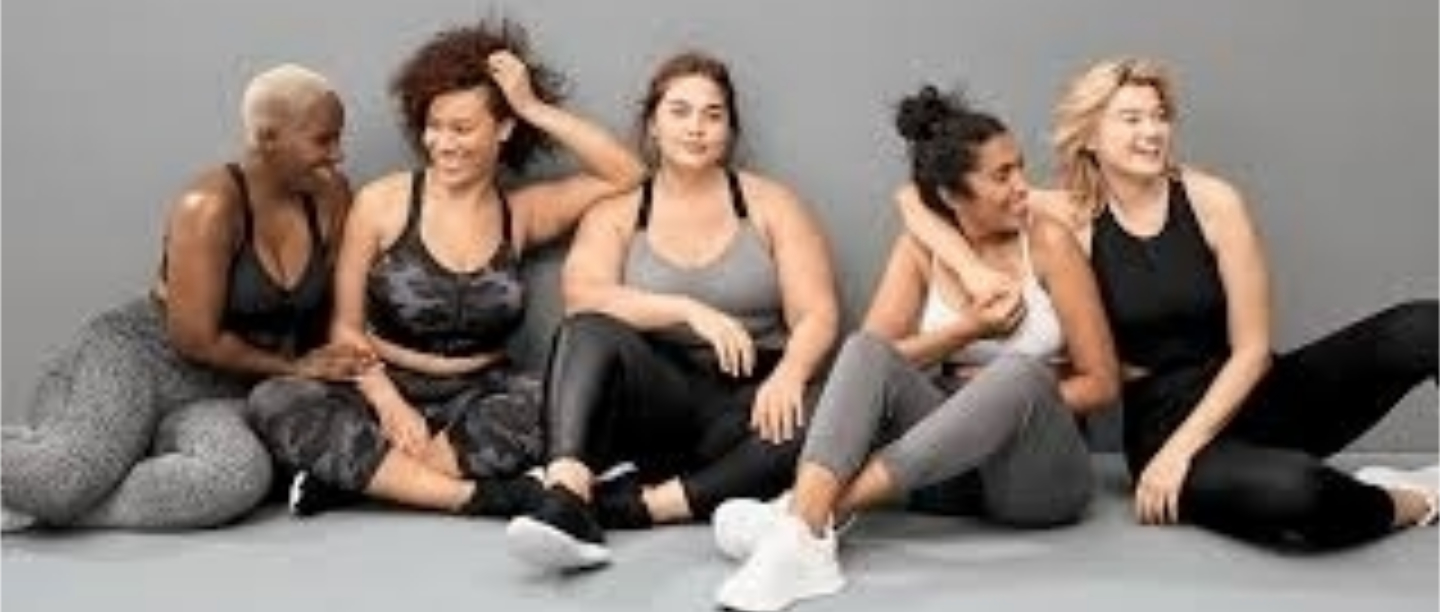
As coveted as it is, fashion comes with its own set of flaws, a strong prejudice against the curvy body (or plus-size as it is called) being the most glaring one of them all. This explains why it was a huge deal when Sabyasachi roped in his very first plus-size model, Varshita Thatavarthi for his campaign last year. And while some applauded the move, some were ready to bring the designer down with tokenism allegations.
Right from media houses to fashion models, the idea of standard size, ‘thin’ has been the fashion industry’s touchstone for as long as we can remember now. And while the uniformly sized models on the ramp and in fashion campaigns would be a good example for the same, the plus-size cloth shelf and the kind of clothes available on the same make for a compelling argument in this case as well.
While plus-size and terms connoting to the same might have found an effective space in the fashion industry in the past decade, it’s time that terminology gets evolved to ‘size-inclusive’. Read on to understand why the industry needs this change:
Plus Size And It’s Status In The Industry
All sizes above a size 12 are generally referred to as plus size in the fashion industry. Thus, don’t be surprised if you see one of the fashion brands selling clothes in size 0 to 12. In fact, you might be able to recollect a couple of them, these brands with such sizes make shopping an anxiety-provoking experience for a lot of people.
Also, when it comes to designs and styles, the fashion industry again fails its plus-size audience. More often than not, the outfits created for curvier women are either bland, boring or just created simple for the heck of it. You’ll seldom find the kind of designing expertise like you see in what’s considered ‘regular-sized’ clothes in the fashion fraternity. For when it comes to stylish and fashion-forward design, it requires great technical knowledge and thought to make that happen, and the design houses and brands are doing just fine without taking that kind of an ambitious undertaking.
However, this prejudice easily goes beyond clothes and finds itself manifesting on people too. It goes way deeper and has been effectively excluding plus-size people from both the inside and outside of the industry. Sabyasachi model Varshita, for instance, faced years of struggle and rejection owing to her size after she finally found a break with the designer.
The Need Of Side-Inclusive Designing & Branding
The need for a size-inclusive vocabulary as well as designing comes from the prejudice against the idea of “plus-size.” There is a certain otherness embedded in the expression that makes those purchasing these clothes feel like outsiders as well as ashamed of their bodies. This rhetoric changes almost instantly when brands like H & M and Mango introduce sizes beyond 12 without finding the need to launch a new line suggesting bigger sizes. It instantly takes away the feeling of embarrassment for somebody who doesn’t have to get their clothes from a different section in the retail store.
For a brand to go size-inclusive means that it offers larger sizes in all the items that it offers in its ‘straight sizes’ i.e. 0 to 12. Including the likes of H & M and Mango, currently, very few brands available in India follow this system though. Anyway, in an ideal scenario, all sizes are simply included in the very same rack of the retail store or drop-down menu of an online store instead of a separate category with words like ‘curvy’ or ‘plus’ affixed to it.
As the fashion industry worldwide looks at inevitable changes coming its way, we hope it goes ‘size-inclusive’ too.
Featured Image: Corporate Target
Read More From Fashion
Wedding Outfit Ideas From Our Fave Bloggers To Be The Best-Dressed This Shaadi Season!
Isha Jain